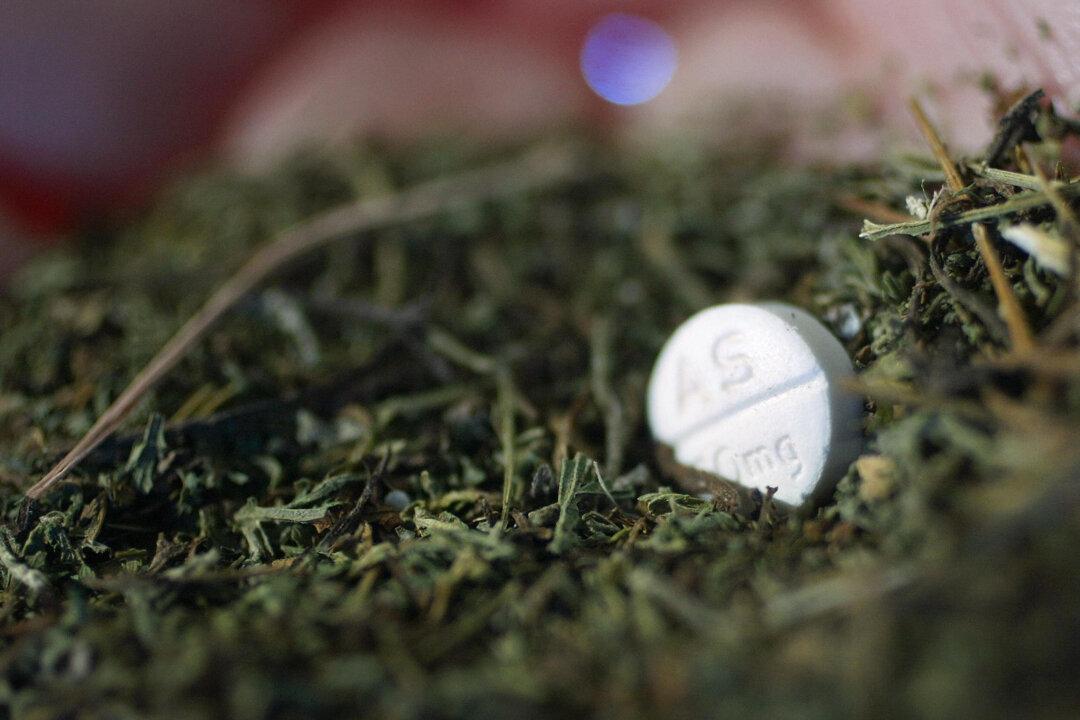Because it shares properties with ivermectin, another Nobel Prize winner—sweet wormwood—is considered by some experts to be ivermectin’s natural equivalent.
Another Nobel Winner
Sweet wormwood, also known as Artemisia annua, is a green herb native to Southeast Asia that has feathery leaves and yellow flowers.Sweet wormwood has been used for millennia in traditional Chinese medicine to treat malaria, fevers, viral and bacterial infections, and inflammation. The active ingredient in sweet wormwood is artemisinin, first isolated from the plant in 1972.






